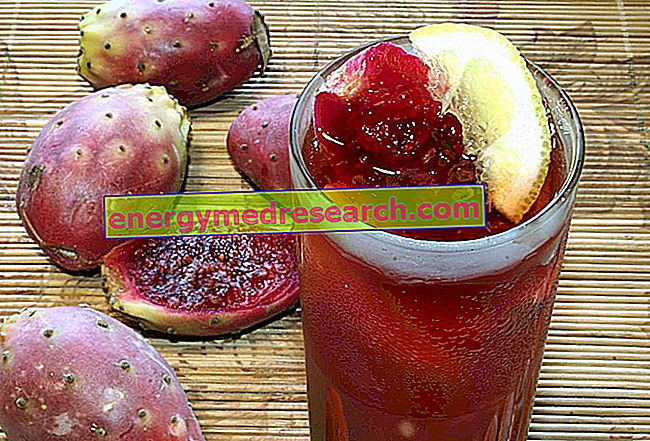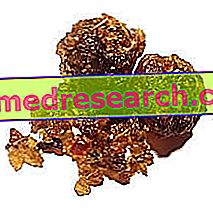
The prickly pear fruit contains some phytochemicals of good nutritional interest such as, for example: polyphenols, mineral salts and betalains .
Among these, the compounds identified as biologically active are: gallic acid, vanillic acid and catechins . It has also been observed that, among the various prickly pears, the Sicilian ones contain more betalaine, betanin and indicaxantina.
In Mexican folk medicine, the pulp and juice of prickly pears are considered effective for the treatment of wounds and inflammation of the digestive system and urinary tract. On the other hand, the pharmacological potential of prickly pears is not limited to this alone.
The prickly pear is also added to an entheogenic drink called "ayahuasca", typical of certain Peruvian popular rituals. The psychoactive compounds of this liquid have been confirmed in some species of prickly pear; these include 3, 4-DHPEA, 4-hydroxy-3, 5-DMPEA and mescaline .
As anticipated, the Mexican natives have been using the fruit for thousands of years; however, today its main processing (in addition to fresh consumption) is that of alcoholic fermentation to produce the "colonche".
The "bajtra" is another alcoholic beverage produced with prickly pear, but is typical of the island of Malta. On the island of "San Helenian" instead, the "tungi" is produced; this is a clear and powerful distillate obtained by working the fruits of the English and Madeira varieties.



